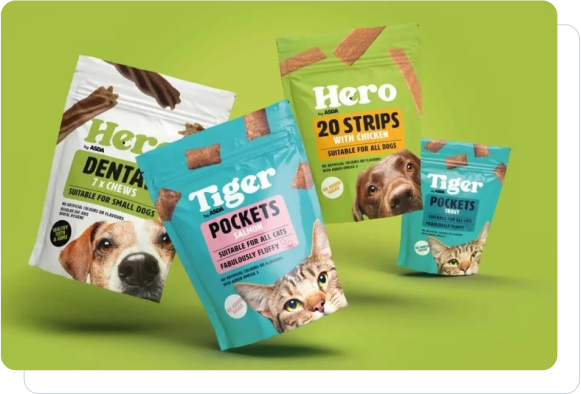The global pet food packaging market is experiencing unprecedented growth, expected to reach a staggering $12.5 billion by 2025. This growth is fueled by a surge in demand for lightweight, sustainable, and innovative packaging solutions. However, there’s a looming environmental concern: 78% of pet owners struggle to recycle multilayer pouches, contributing to over 300 million pounds of plastic waste every year.
For small pet food brands, the challenge is even more complex. They must cater to the eco-conscious demands of their customer base while staying mindful of tight budgets and ensuring packaging performance. Achieving this balance is no small feat, especially with rapidly evolving industry trends and stringent regulations in the EU and US.
This guide serves as your roadmap for 2025 and beyond, offering actionable strategies to navigate the flexible pet food packaging landscape. From adopting recyclable mono-materials to leveraging AI-driven design innovations, here’s what you’ll gain:
- Insights on transitioning to sustainable yet cost-effective materials.
- Design hacks to enhance shelf appeal while avoiding greenwashing accusations.
- Compliance strategies for ever-evolving regulations.
- Real-world examples from leading brands like Hill’s Pet Nutrition and Purina.
If you're new to flexible packaging basics, check out our comprehensive guide, “What is Flexible Packaging: A Complete Guide”, to get started.
5 Trends Dominating Pet Food Flexible Packaging in 2025
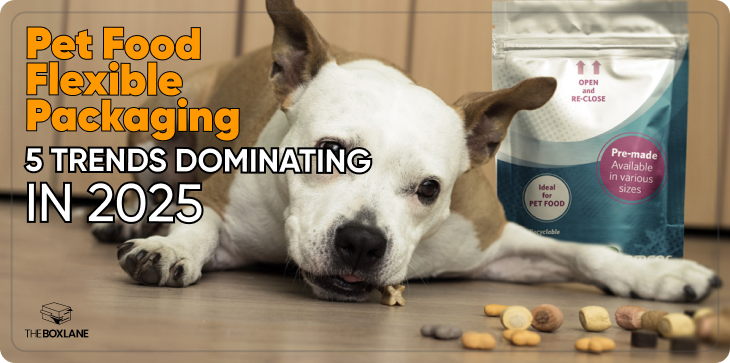
The pet food industry is no stranger to innovation, and flexible packaging has emerged as a critical area of focus. Here are five trends shaping the future of this industry:
1. Mono-Materials: Simplifying Recycling
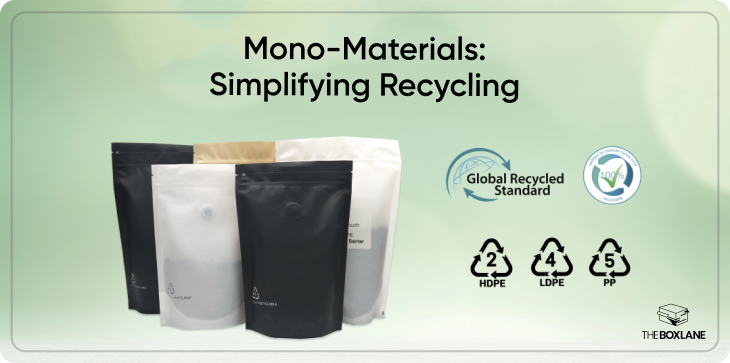
Multi-layer laminates, such as PET/PE combinations, pose significant recycling challenges due to their complex composition. Enter mono-material solutions like BOPE (biaxially oriented polyethylene) and PE (polyethylene) films. These materials are lightweight, durable, and widely accepted by store drop-off programs like How2Recycle.
Real-World Example: Hill’s Pet Nutrition recently transitioned to ISCC-certified PE bags, reducing plastic waste by 30%. This move not only boosted their environmental credibility but also resonated with eco-conscious pet owners.
2. Smart Packaging for Transparency
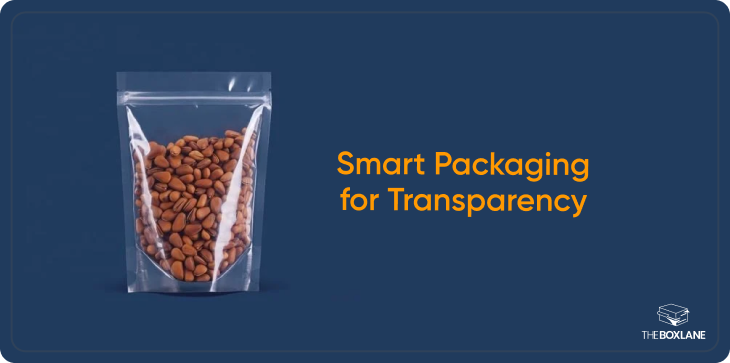
Today’s consumers value transparency as much as sustainability. Smart packaging technologies, including QR codes and NFC tags, help brands bridge the gap between their products and environmentally conscious buyers.
- Purina uses QR codes on its "Reseal & Recycle" pouches to guide customers through recycling tutorials.
- Startups like Mimica employ temperature-sensitive labels to indicate product freshness, minimizing food waste.
3. Lightweighting Without Compromise
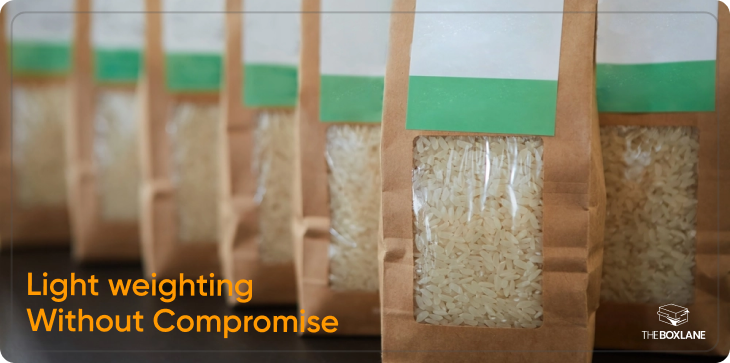
Reducing material use—often called "downgauging"—is a win-win for brands aiming to cut costs while lowering their environmental footprint. Advances in technology have made it possible to create thinner films without compromising performance.
Example: A 12-micron BOPE film maintains strong oxygen barriers and shelf-life performance while reducing material usage by up to 50%.
Pro Tip: Before switching to thinner films, conduct accelerated shelf-life studies to ensure your product remains fresh and appealing.
4. Compostable & Biodegradable Films
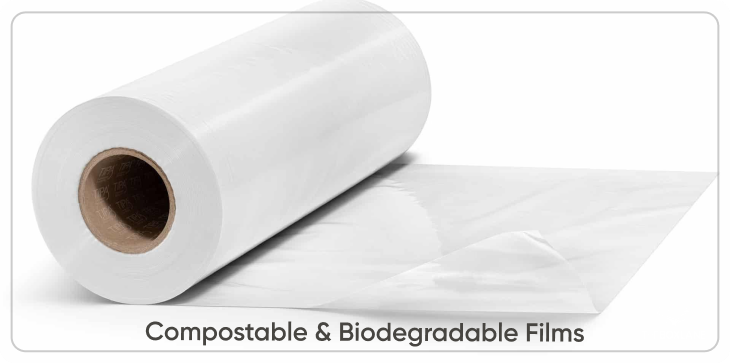
Compostable films, often made from PLA (polylactic acid) blends, are gaining popularity. While these films can break down in industrial composters, accessibility remains a challenge—only 12% of US cities currently offer industrial composting facilities. Brands must educate consumers about proper disposal methods through tools like QR codes.
Note: Investing in clear consumer education is key to avoiding confusion or contamination in recycling and composting streams.
5. Sensory Design for Premium Appeal
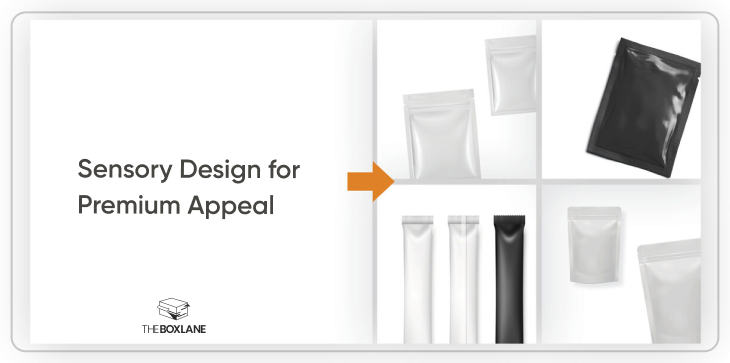
Flexible packaging isn’t just about functionality; it’s also a key branding tool. Sensory elements like tactile finishes, embossed logos, and window panels are becoming must-haves for brands targeting premium markets.
Example: Open Farm’s transparent pouches showcase the size and quality of their kibble, boosting customer trust and driving sales.
Sustainable Packaging Challenges (and Practical Fixes for Small Brands)
Sustainability is a noble goal, but it comes with hurdles—especially for small brands operating on limited budgets. Here’s how to overcome some common challenges:
Problem 1: High Costs of Mono-Materials
Solution: Start small by incorporating 30% PCR-PE into your packaging mix. PCR materials are approximately 15% cheaper than virgin plastics, making them a budget-friendly option for sustainability efforts.
Case Study: A small pet food brand partnered with Multi-Plastics Inc. to switch from multi-layer laminates to PCR-PE, saving $8,000 annually on packaging costs.
Problem 2: Recycling Confusion
Consumers often find recycling flexible packaging confusing, especially when it comes to multi-layer materials.
Solution: Print proper recycling labels directly on your packaging to guide customers. Consider partnering with The Box Lane to offer prepaid recycling mailers for added convenience.
Example: Earth Animal’s “Bark in the Park” bags feature prepaid mailers, simplifying recycling for their customers and enhancing brand loyalty.
Problem 3: Balancing Freshness & Sustainability
Oxygen and moisture barriers are critical for maintaining pet food freshness, but these properties can be harder to achieve with sustainable materials.
Solution: Invest in SiO₂ (silicon oxide) coatings for mono-material films. These coatings enhance barrier properties without compromising recyclability.
Pro Tip: Conduct a life cycle assessment (LCA) to quantify the environmental impacts of your packaging choices and identify areas for improvement.
Problem 4: Regulatory Compliance
Navigating global regulations can be daunting, but it’s essential for brands looking to scale internationally.
EU: The European Green Deal mandates 65% recycled content in packaging by 2030.
US: Track state-level Extended Producer Responsibility (EPR) laws, such as California’s SB 54, which impose strict recycling requirements.
Design Innovations Beyond Sustainability
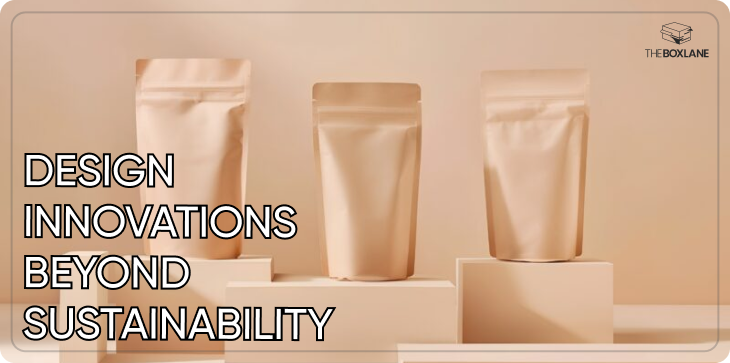
While sustainability is a primary focus, innovative design features can also play a crucial role in differentiating your brand.
1. Resealable Zippers with Tactile Feedback
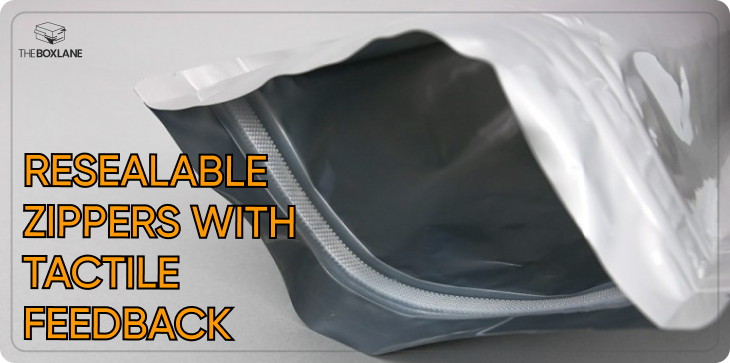
Resealable packaging is no longer just about convenience—it’s an essential feature for maintaining product freshness and enhancing the user experience.
Example: Blue Buffalo’s resealable pouches feature textured grips and audible “clicks,” resulting in a 25% drop in customer complaints.
2. Anti-Counterfeit Features
Protecting your brand’s reputation is crucial, especially in competitive markets. Anti-counterfeit measures such as micro-text labels and blockchain-enabled QR codes can add an extra layer of security.
3. Localized Aesthetics
Tailor your packaging designs to regional preferences.
- Europe: Minimalist designs with earthy tones resonate with eco-conscious buyers.
- US: Bold colors and mascot-driven graphics appeal to pet owners looking for fun, eye-catching designs.
Case Study: A small pet food brand reduced product returns by 20% after incorporating clear window panels to showcase kibble texture and quality.
Cost-Effective Compliance Strategies
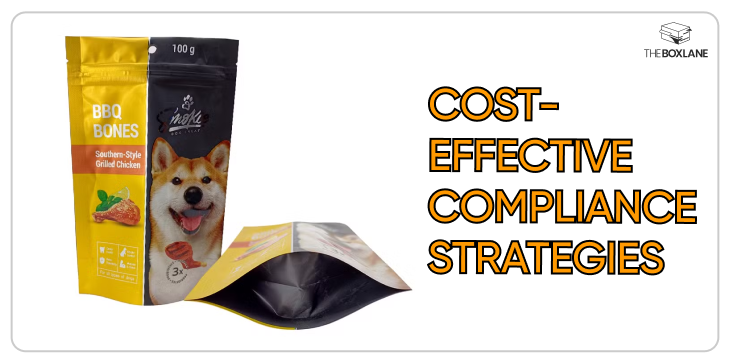
Compliance doesn’t have to break the bank. Here are some smart strategies to align with industry regulations without exceeding your budget:
1. Bulk Purchasing Coalitions
Join forces with local brands to order mono-materials in bulk, securing volume discounts and reducing individual costs.
2. Simplify SKUs
Reducing the number of packaging variations can significantly lower design and production costs.
Example: Wellness Pet Company streamlined its product line by eliminating 15 redundant SKUs, saving $12,000 annually.
3. Grants & Tax Credits
Take advantage of financial incentives designed to promote sustainable practices:
- Apply for Ellen MacArthur Foundation’s circular economy grants.
- Leverage the USDA BioPreferred Program for tax credits on biobased packaging.
Conclusion
Custom mylar bags represent an ideal solution for modern pet food packaging. They offer high barrier protection to maintain freshness, support sustainability initiatives, and provide extensive customization options that elevate your brand’s identity. As the pet food industry continues to evolve, investing in advanced, flexible packaging solutions will be key to standing out in a competitive market.
By choosing custom mylar bags, you not only protect your product from external factors such as moisture and oxygen but also enhance its shelf appeal through modern, consumer-friendly design. For pet food manufacturers looking to reduce waste, improve shelf life, and communicate their commitment to quality and sustainability, flexible packaging is the way forward.
If you’re ready to take your pet food packaging to the next level, explore our Custom Mylar Bags service for a tailored solution that meets your unique needs. Contact us today for a consultation and see how flexible packaging can transform your brand.


